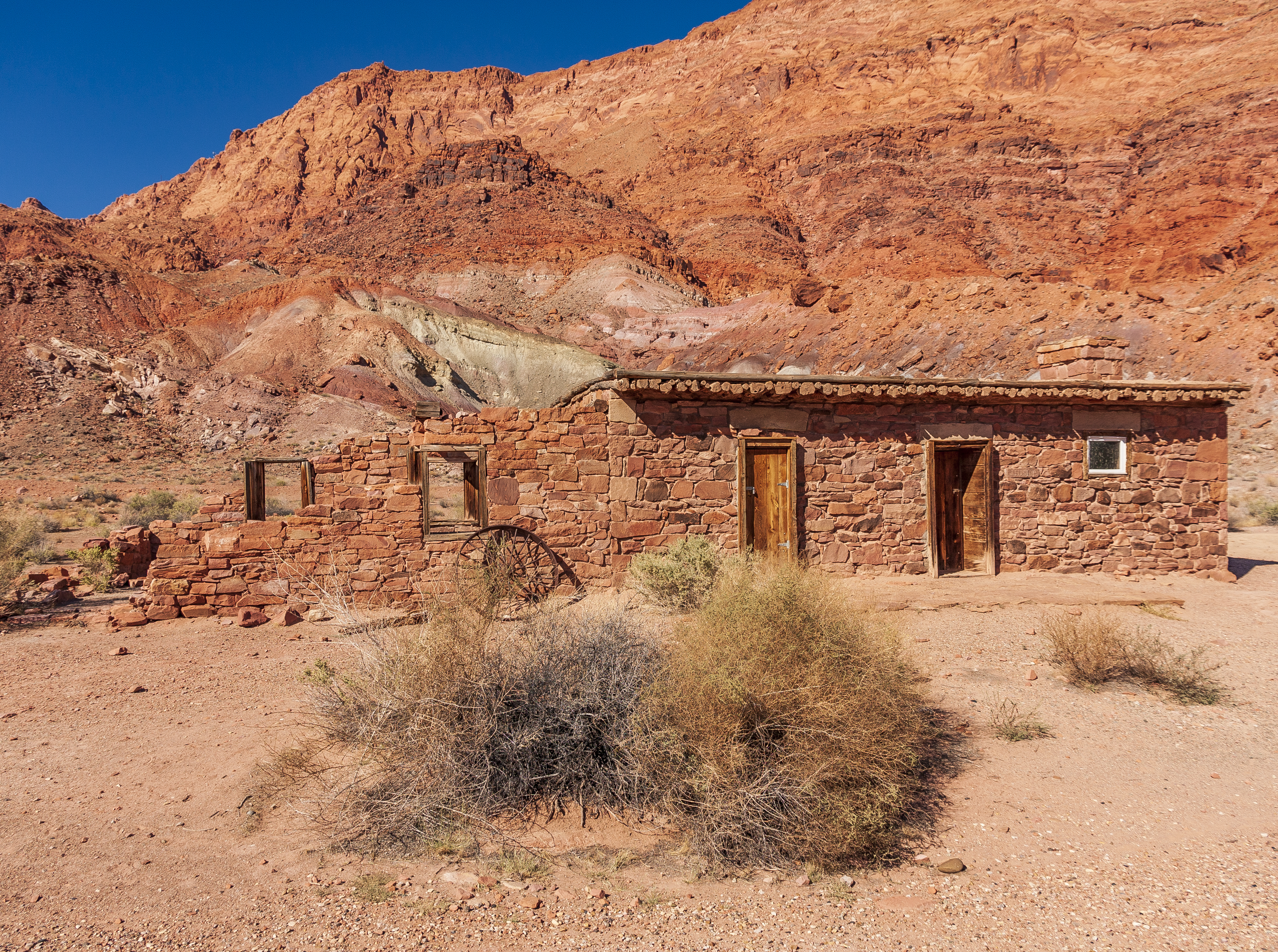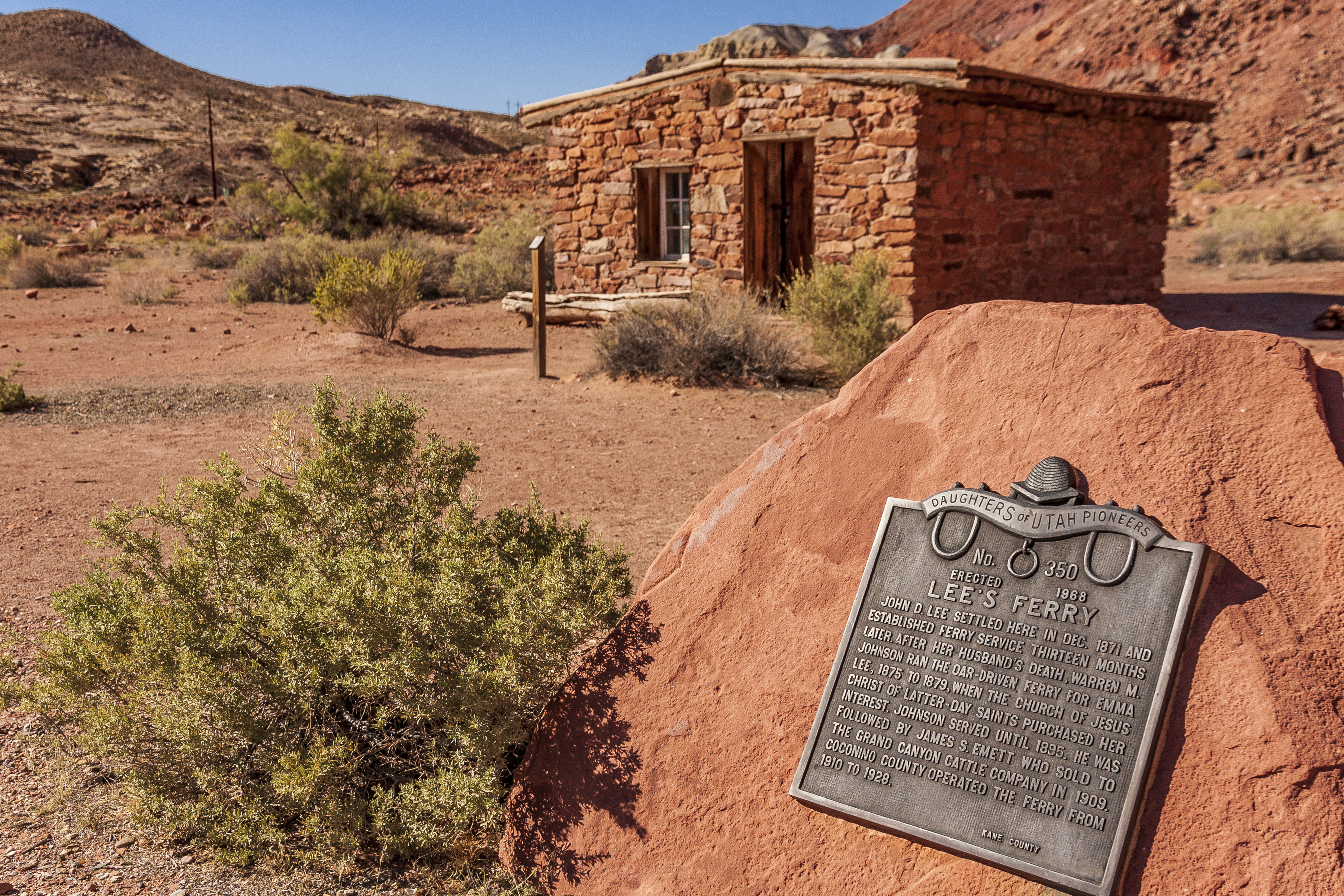Lee's Ferry, where history crossed the Colorado
Lee's Ferry, where history crossed the Colorado

Transportation history in Arizona takes all forms: native trails and roads dating back hundreds of years, river crossings, wagon roads, old highway alignments and current highways.
But there is one place in northern Arizona that has been all those things. Where is that? Lee's Ferry, southwest of Page.
Long before the state – or the country it is in – was even an idea, the route down and over the Colorado River in Marble Canyon was pioneered by the Native American tribes in the area, including the Hopi, according to ADOT's history of transportation in Arizona.
According to the National Parks Service, this crossing, where the Paria River flows into the Colorado, was used in 1864 by pioneer Jacob Hamblin. Known as the "Buckskin Apostle," Hamblin was a Mormon from Utah who explored much of northern Arizona in the 1860s and 1870s to find suitable locations for colonies. He's also the namesake of Jacob Lake, which sits at the junction of US 89A and State Route 67. Tensions with the natives would lead to the posting of guards to keep this important river crossing open.
The ferry gained its name from John Doyle Lee, who settled there in 1871. State historian Marshall Trimble says Lee started the ferry after being gifted a boat from John Wesley Powell, the one-armed Civil-War-veteran-turned-geologist who was doing serious explorations of the Grand Canyon. This would be replaced with a true ferry boat built for that purpose in 1873. At the same time, Lee built a stone-and-wood home for himself at the remote location, which he called "Lonely Dell." When tensions with the local tribes began rising again in 1874, a fort was built at the spot that over the years would serve as a trading post, residence, school and mess hall.
Lee would only oversee operations until 1874, when he was arrested by United States Marshalls, tried and eventually executed in 1877. He was the only man ever convicted in connection to the 1857 Mountain Meadows Massacre, a still controversial and debated attack by Mormon residents and Native Americans in southern Utah on a wagon train heading toward California.
Ferry operations would be taken over by Lee's widow, Emma, who ran it for a couple years before the Mormon Church bought the ferry rights from her. It would continue to be an important crossing throughout the rest of the 19th century and into the 20th. Recently married Mormon couples in settlements in the White Mountains, such as Show Low or Snowflake, would make the arduous trip to St. George, Utah, to have their marriages solemized in the temple there. Because of this, Lee's Ferry became an important point on the so-called "Honeymoon Trail."
The wagon eventually gave way to the automobile, and US 89 – one of the first Arizona roads to receive a number by the U.S. Bureau of Public Roads in 1925 – followed this trail. Before the opening of the Navajo Bridge in 1929, all traffic on US 89 had to cross the Colorado River in Marble Canyon at the site of Lee's Ferry. As we mentioned in another blog post, the route between Flagstaff and Utah (via Bitter Springs, Jacob Lake and Fredonia) would carry the US 89 number until 1963, when the opening of a shorter route over Glen Canyon Dam near Page led it to be designated US 89A instead.
With so much transportation history in one place, we wouldn't blame anyone for wanting to visit. And the good news is that you can do just that with a trip down US 89A.

